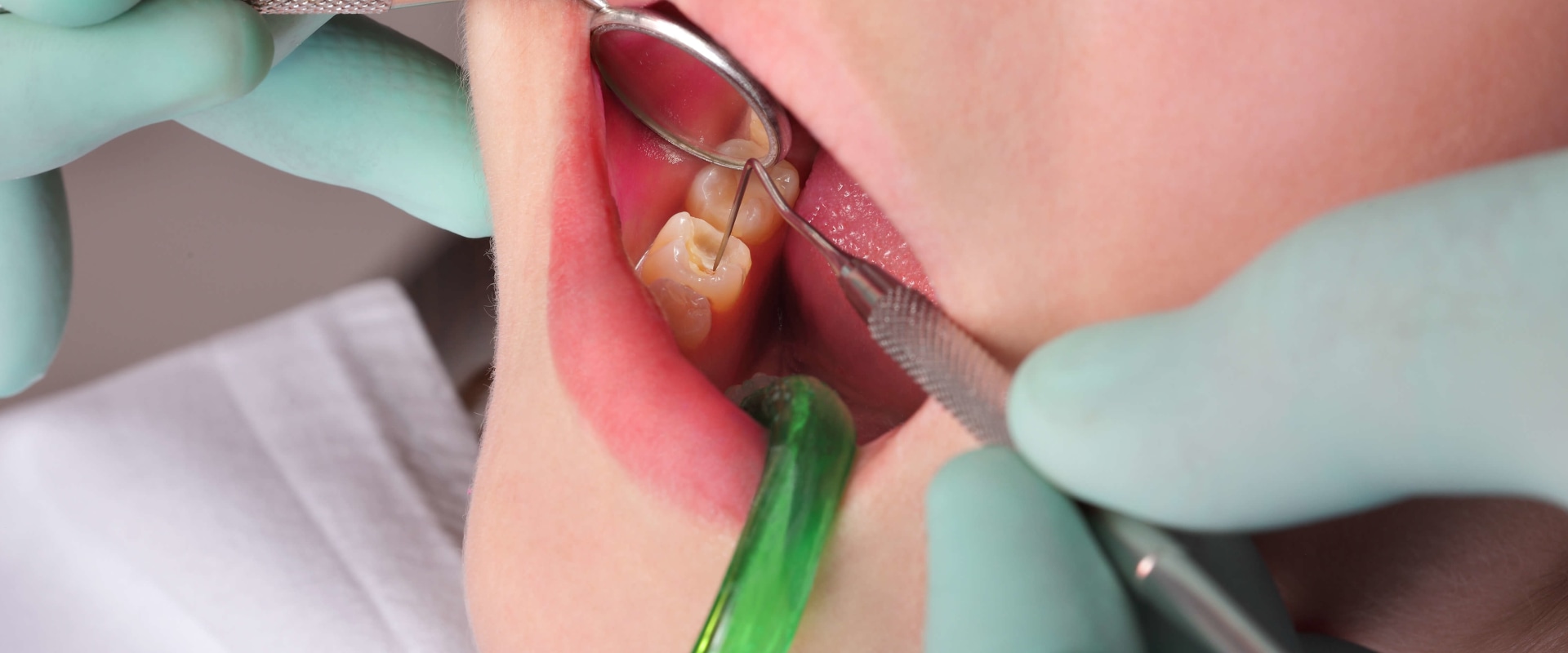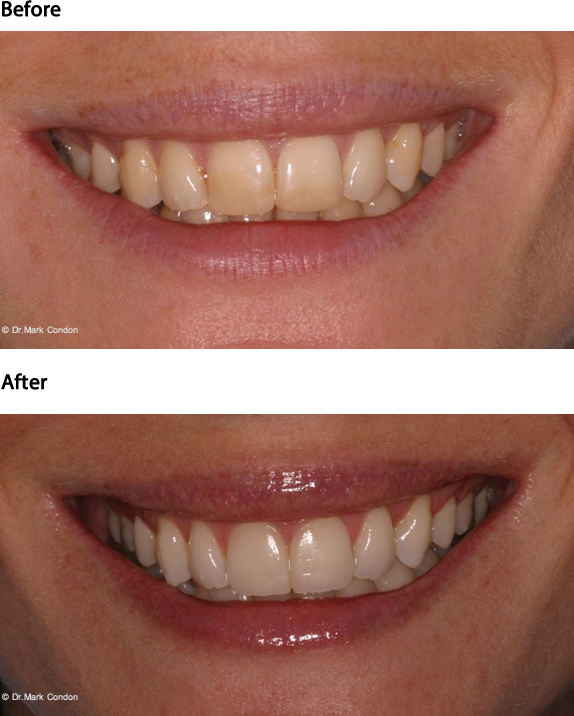What Tools Do Dentists Use? Extraction Made Easy

The world of dentistry is filled with an array of intricate tools and devices, each designed to serve a specific purpose. From routine cleanings to complex surgical procedures, dentists rely on these instruments to provide the best possible care for their patients. One of the most critical aspects of dental care is tooth extraction, a procedure that, while often perceived as daunting, can be made significantly easier and less intimidating with the right tools.
Introduction to Dental Extraction Tools
Dental extraction, or the removal of a tooth from the mouth, is a procedure that may be necessary for a variety of reasons, including severe tooth decay, gum disease, or to make room for orthodontic treatment. The tools used for this purpose are precision-crafted to minimize discomfort and ensure a smooth, efficient process.
Forceps: The Primary Extraction Tool
Dental forceps are perhaps the most recognizable tool in a dentist’s arsenal for extractions. These are hinged instruments used to grip and rock the tooth back and forth, loosening it from the surrounding bone and tissue before removal. Forceps come in various shapes and sizes to accommodate different teeth and extraction sites. The choice of forceps depends on the tooth’s location, its root structure, and the dentist’s professional preference.
Elevators: The Assistive Tool
Elevators are flat, curved instruments used to loosen the tooth by inserting the curved end into the space between the tooth and the gum. Gentle rotation and leverage of the elevator can help detach the tooth from its socket, making it easier to remove with forceps. Elevators are particularly useful in situations where the tooth is difficult to access or when greater leverage is needed.
Sectioning Instruments
In cases where a tooth is severely decayed or broken, sectioning instruments might be employed. These tools allow the dentist to segment the tooth, removing it piece by piece. Sectioning can make the extraction process less traumatic, especially for impacted teeth or those with complex root structures.
Surgical Handpieces
For more complex extractions, especially those requiring surgical intervention, specialized handpieces are used. These precision devices enable dentists to remove bone or gum tissue carefully, providing better access to the tooth. Surgical handpieces can significantly reduce the complexity and discomfort associated with certain extractions.
Advanced Technology in Dental Extractions
The field of dentistry is continually evolving, with advancements in technology aiming to improve patient comfort, reduce recovery times, and enhance the overall efficiency of dental procedures.
Laser Technology
The introduction of laser technology has marked a significant advancement in dental extractions. Lasers can be used to remove or reshape gum and bone tissue with great precision, minimizing damage to the surrounding area and reducing the need for stitches. Moreover, lasers can often be used with minimal or no anesthesia, offering a virtually painless experience for patients.
Piezoelectric Devices
Piezoelectric devices, which use ultrasonic vibrations, are used for precision bone removal and sculpting. These devices enhance the dentist’s ability to work around delicate anatomical structures, reducing the risk of damage to surrounding nerves or tissue. This technology contributes to a safer and more predictable extraction process.
The Role of Precision Instruments
Beyond the primary tools used for extraction, precision instruments play a crucial role in ensuring the success and safety of dental procedures. These instruments include scalpels for surgical incisions, curettes for smoothing and shaping tissue, and suction devices for maintaining a clear field of operation. Each tool, regardless of how seemingly minor, contributes to the smooth execution of the procedure and the patient’s comfort.
Conclusion
The array of tools at a dentist’s disposal is testament to the complexity and nuance of dental care. From traditional forceps and elevators to advanced technologies like laser and piezoelectric devices, each instrument is designed to make dental extractions as straightforward and comfortable as possible. As dental technology continues to evolve, it is likely that even more sophisticated and patient-friendly tools will emerge, further enhancing the dental extraction experience.
FAQs
What is the purpose of sectioning instruments in dental extractions?
+Sectioning instruments are used to break down a tooth into smaller pieces, making it easier to remove, especially if the tooth is severely decayed, broken, or impacted.
How does laser technology benefit dental extraction procedures?
+Laser technology can be used to remove gum and bone tissue with precision, reducing the need for stitches, minimizing discomfort, and often eliminating the need for anesthesia, making the procedure virtually painless.
What role do piezoelectric devices play in dental extractions?
+Piezoelectric devices, with their ultrasonic vibrations, are used for precise bone removal and sculpting. They enhance the dentist's ability to work around delicate structures, reducing the risk of nerve damage and contributing to a safer procedure.
Decision Framework for Choosing Dental Extraction Tools
When considering the tools for dental extraction, several factors come into play, including the type of tooth to be extracted, the patient’s overall health and preferences, and the dentist’s expertise and available technology. A thoughtful decision framework involves weighing these factors to select the tools that will ensure the safest, most efficient procedure with the best possible outcome for the patient.
Expert Insights on Future Trends
Given the rapid advancements in dental technology, it’s intriguing to consider the future of dental extractions. Experts anticipate that further integration of AI, robotics, and advanced imaging technologies will not only enhance precision but also predict potential complications and guide treatment decisions. The penchant for minimally invasive procedures and personalized patient care will continue to drive innovation, potentially revolutionizing the dental extraction experience.
Practical Application Guides
For patients facing dental extractions, it’s crucial to understand what to expect and how to prepare. This includes discussing any concerns or fears with the dentist, following pre-procedure instructions carefully, and arranging for post-procedure care to ensure a smooth recovery. By being informed and proactive, patients can significantly influence the success and comfort of their dental extraction procedure.
As dental technology and techniques continue to evolve, the horizon for dental care looks brighter than ever, promising more efficient, patient-centered, and minimally invasive procedures. Whether through the precision of traditional tools or the innovation of advanced technologies, the goal remains the same: to provide the best possible care, ensuring that each patient leaves the dentist’s chair with a healthier, happier smile.


